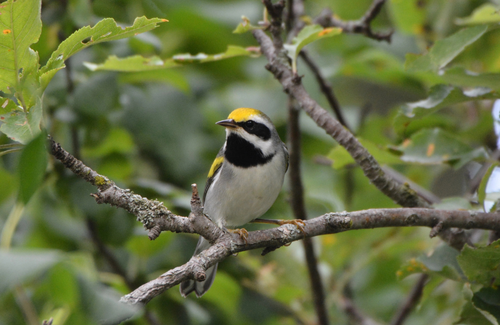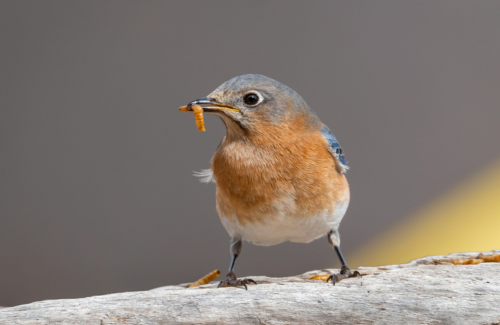
Five Hands-on Activities to Celebrate National Bird Day
Mark your calendars! January 6 is National Bird Day and we’ve compiled a list of fun activities to help young people learn about the important role birds play in our environment.

Mark your calendars! January 6 is National Bird Day and we’ve compiled a list of fun activities to help young people learn about the important role birds play in our environment.

As the holiday season approaches, it’s a great time to get outside to refuel and recharge yourself by taking a gratitude walk! A gratitude walk helps us pause, reflect, and give thanks to every person and living thing in our natural world.

After 25 years, Project Learning Tree, Project WET, and Project WILD hosted an unforgettable conference in San Antonio, Texas, with over 250 attendees. Dive into our recap to see why this year’s conference was one for the record books!

What makes a home? Explore these resources (perfect for World Migratory Bird Day on May 13) by guest author Naamal De Silva of the American Bird Conservancy, and reflect on our relationships with birds, nature, and the idea of “home”.

This Earth Month, in our People of PLT feature, we’re celebrating not one, but two amazing PLT facilitators from Nebraska whose enthusiasm for environmental education is visible to all who work with them.

Creating art in nature is about connecting with your environment, being inspired by nature, and leaving it right where it was found. Explore activities that use tools and materials found in nature to show children that anything can be art if you’re creative enough!

Young learners often focus on bees when learning about pollinators, but it’s important to introduce them to the diverse range of pollinators supporting our ecosystems. From birds to bats, butterflies to moths, there’s much to learn. Engaging activities like scavenger hunts, bee baths, and pollinator-themed crafts help them understand the vital role of these creatures and the importance of conserving their habitats. Explore how you can enhance activities and learnings with PLT!

Explore PLT resources to help you teach students about the environment, whether you’re new to teaching or looking for new environmental education resources to explore! PLT provides easy-to-teach, hands-on activities suitable for various settings, and a range of resources to support and mentor new educators.

Follow along a curious young boy who explores the urban forest near his home and describes the shapes, textures, and colors of the plants and animals that live there and encourages young children to observe and appreciate the nature around them.

Explore the world outside or bring the outdoors in with nature-based sensory activities that meet the needs of all students, including those with special or diverse needs.